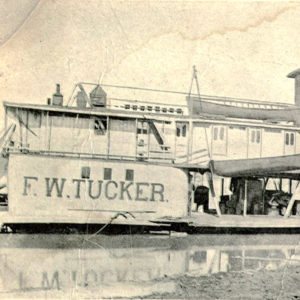 F. W. Tucker Steamboat
F. W. Tucker Steamboat
Entry Category: Counties, Cities, and Towns - Starting with F
 F. W. Tucker Steamboat
F. W. Tucker Steamboat
Fairfield Bay (Van Buren and Cleburne Counties)
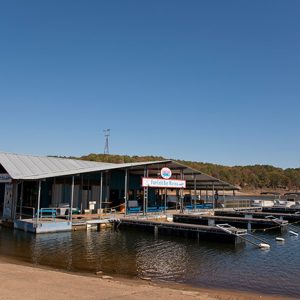 Fairfield Bay Marina
Fairfield Bay Marina
Falcon (Nevada County)
Fallsville (Newton County)
Famous (Pope County)
aka: Mooretown (Pope County)
Fargo (Monroe County)
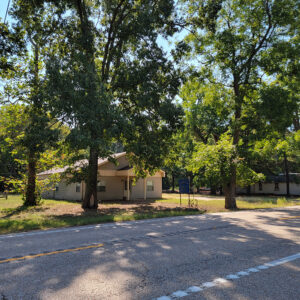 Fargo Community Center
Fargo Community Center
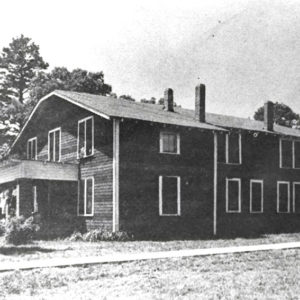 Fargo Girls Dorm
Fargo Girls Dorm
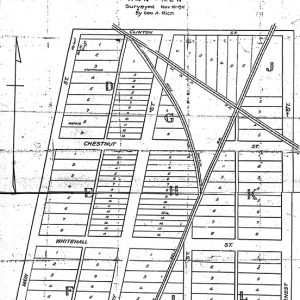 Fargo Plat
Fargo Plat
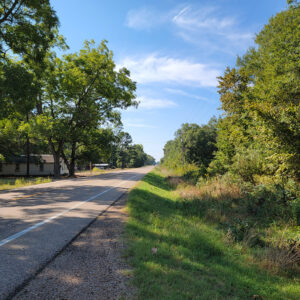 Fargo Street Scene
Fargo Street Scene
 Fargo Street Scene
Fargo Street Scene
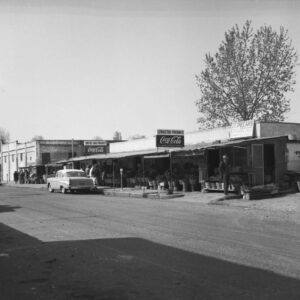 Farmer's Market
Farmer's Market
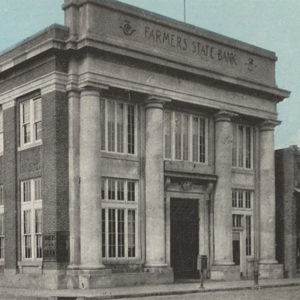 Farmers State Bank, Conway
Farmers State Bank, Conway
Farmington (Washington County)
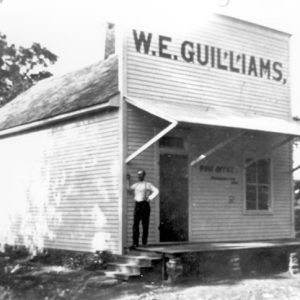 Farmington Store
Farmington Store
 Faubus Home in Huntsville
Faubus Home in Huntsville
Faulkner County
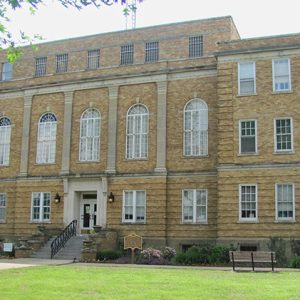 Faulkner County Courthouse
Faulkner County Courthouse
Fayetteville (Washington County)
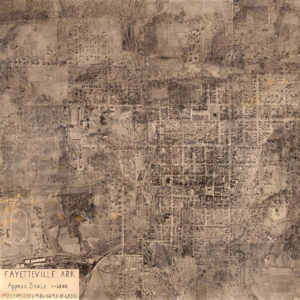 Fayetteville Aerial View
Fayetteville Aerial View
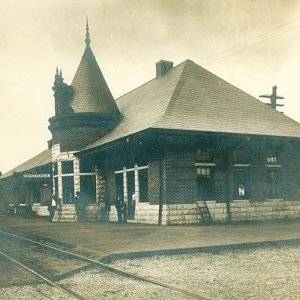 Fayetteville Frisco Depot
Fayetteville Frisco Depot
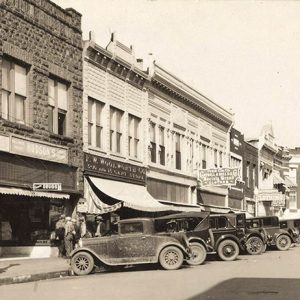 Fayetteville Street Scene
Fayetteville Street Scene
 Fayetteville Vulcanizing Company
Fayetteville Vulcanizing Company
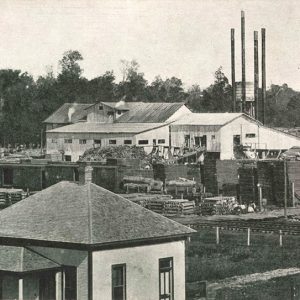 Fee Crayton Co.
Fee Crayton Co.
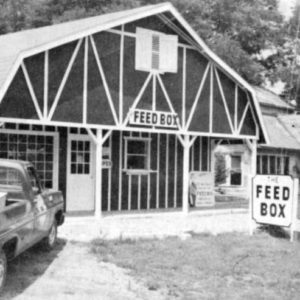 Feed Box
Feed Box
Felsenthal (Union County)
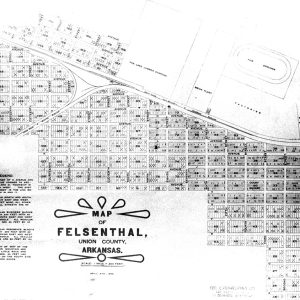 Felsenthal Map
Felsenthal Map
 Felsenthal Sign
Felsenthal Sign
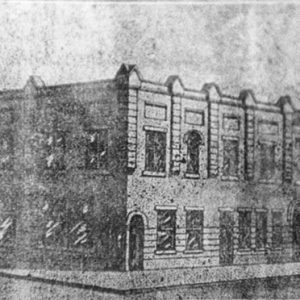 Felsenthal Structures
Felsenthal Structures
Fendley (Clark County)
 Fendley Nursery
Fendley Nursery
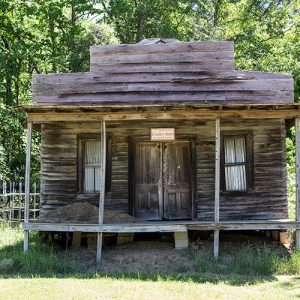 Fendley Store
Fendley Store
Ferndale (Pulaski County)
Fifty-Six (Stone County)
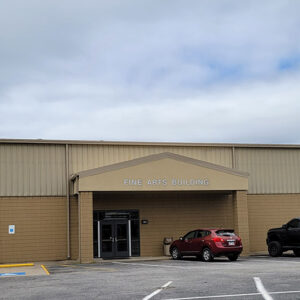 Fine Arts Building
Fine Arts Building
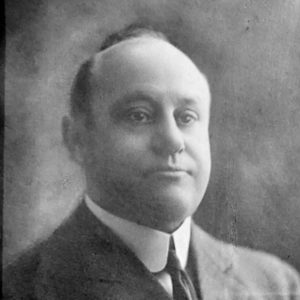 Jacob Fink
Jacob Fink
 First Baptist Church
First Baptist Church
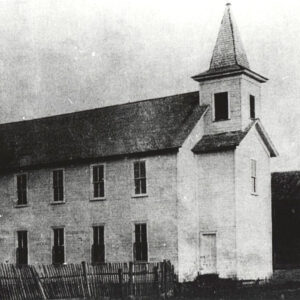 First Baptist Church
First Baptist Church
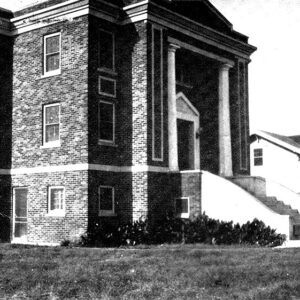 First Baptist Church
First Baptist Church
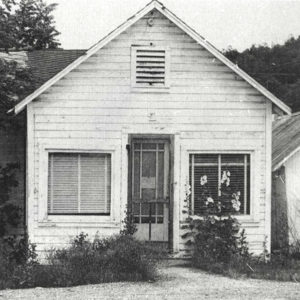 First Electric Co-op Building
First Electric Co-op Building
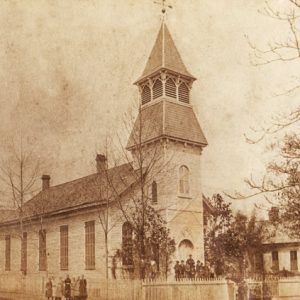 First Lutheran Church
First Lutheran Church
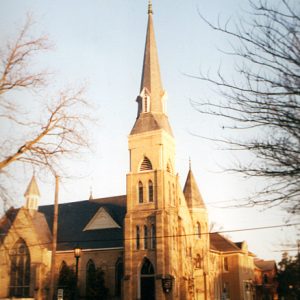 First Lutheran Church
First Lutheran Church
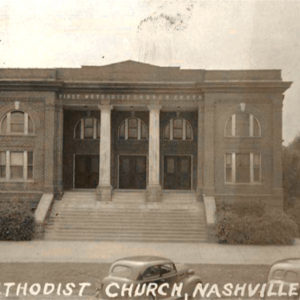 First Methodist Church
First Methodist Church
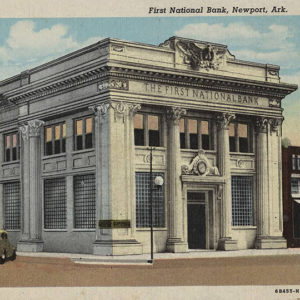 First National Bank
First National Bank
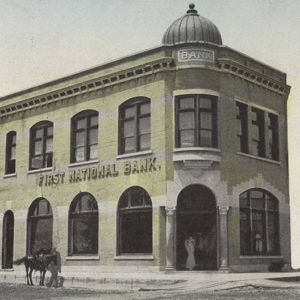 First National Bank
First National Bank
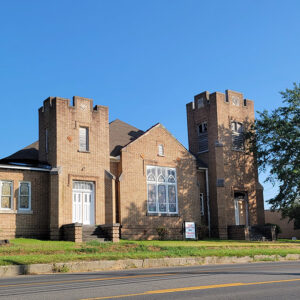 First Presbyterian Church (Fordyce)
First Presbyterian Church (Fordyce)
 First United Methodist Church
First United Methodist Church
 Fish Market
Fish Market




